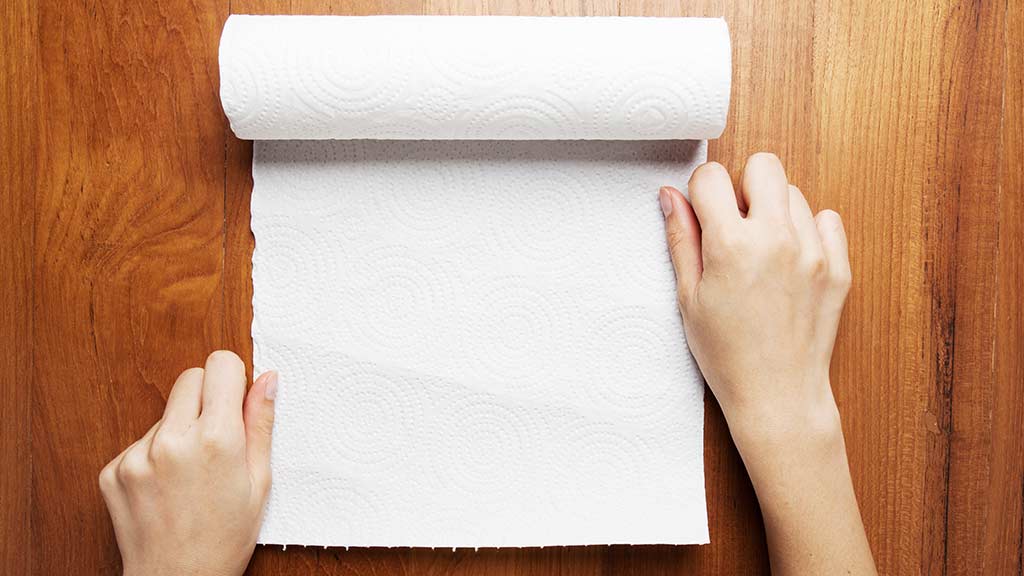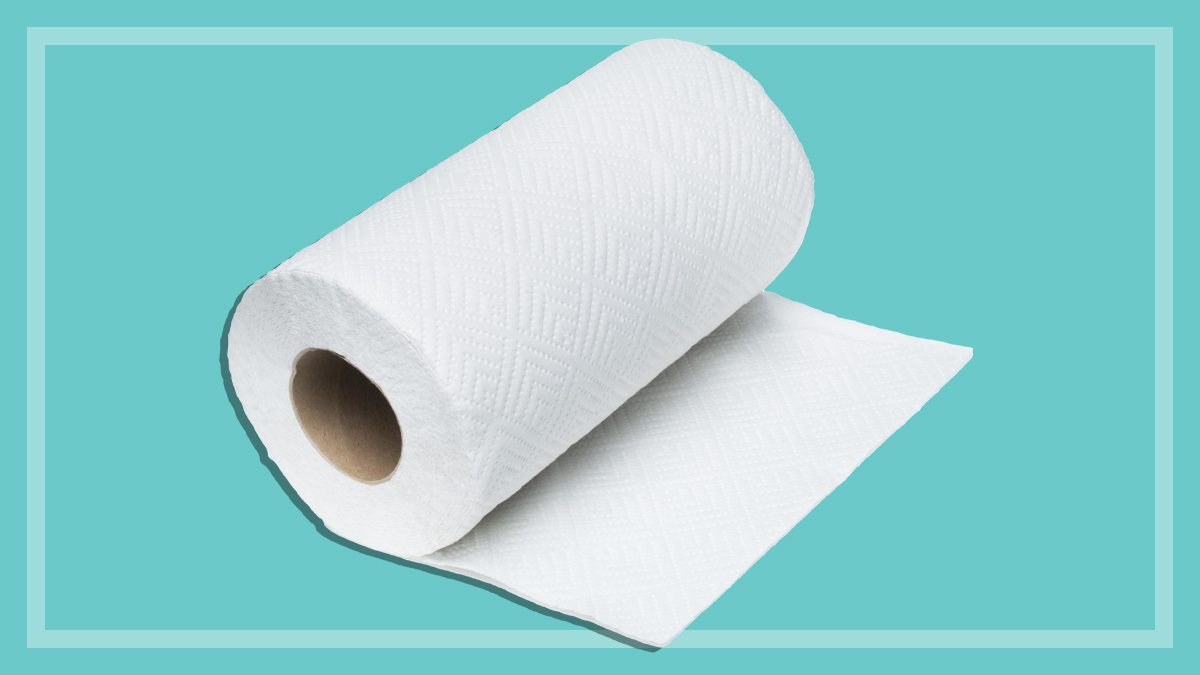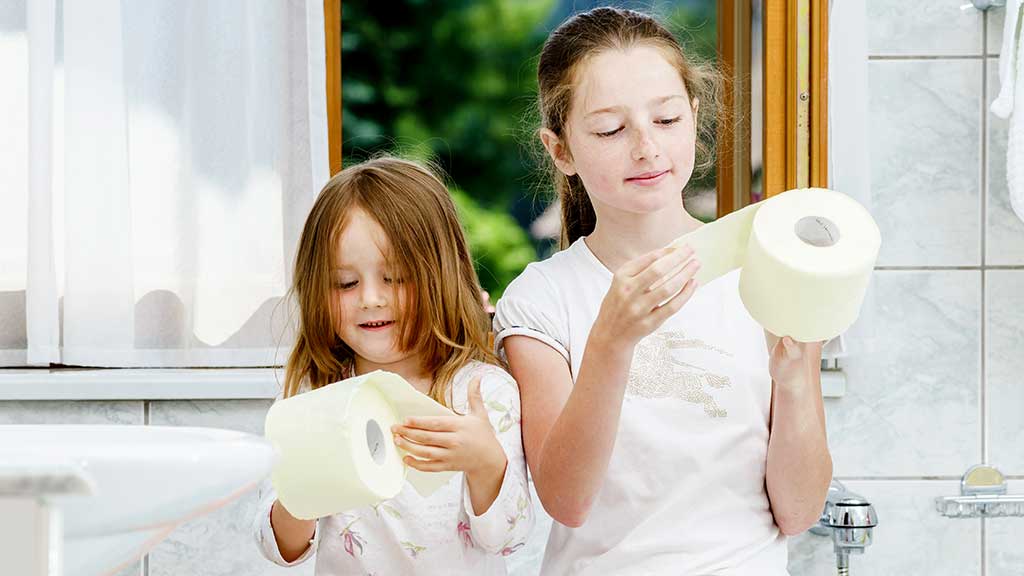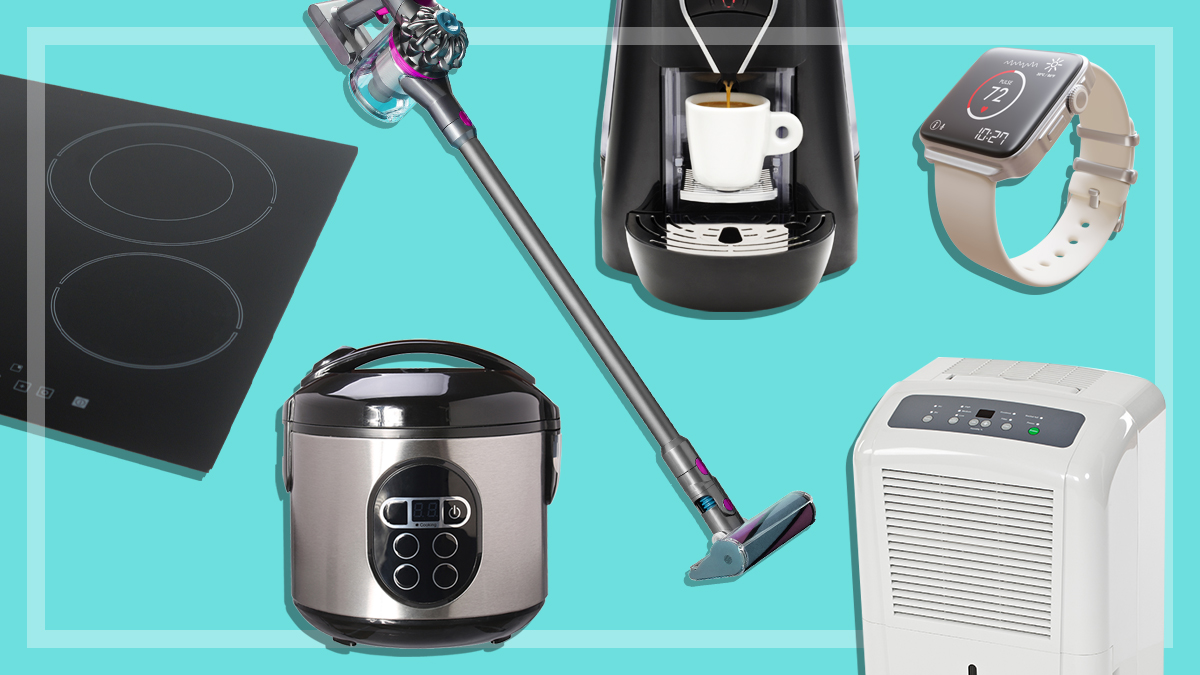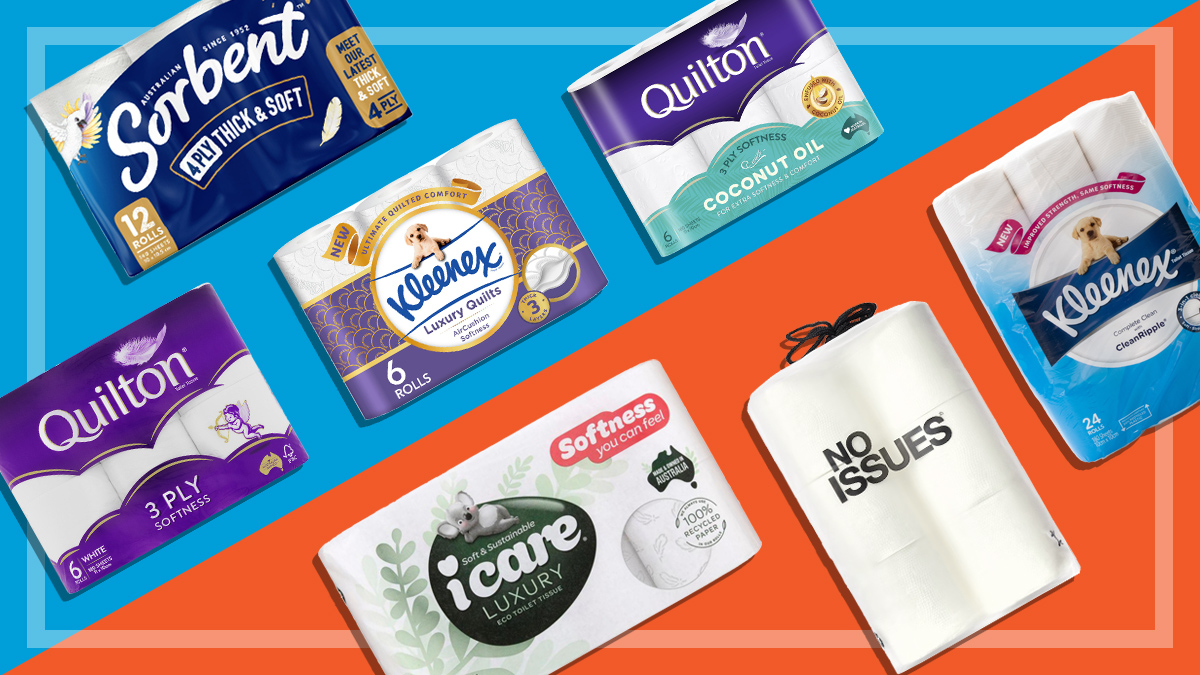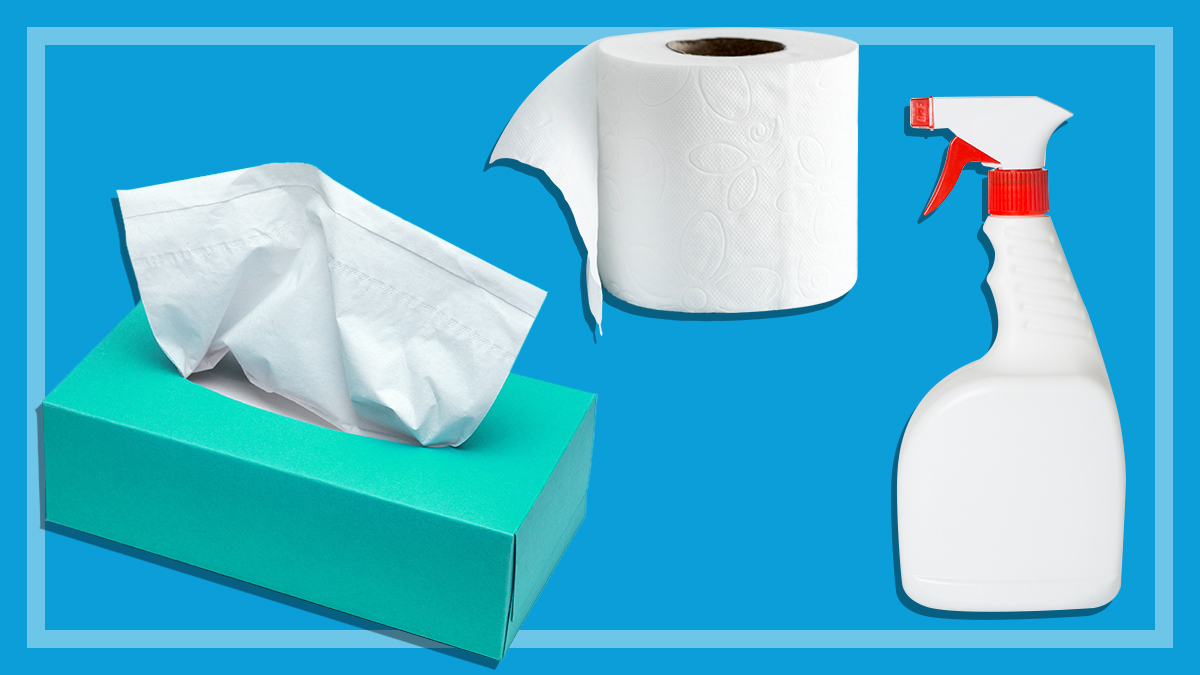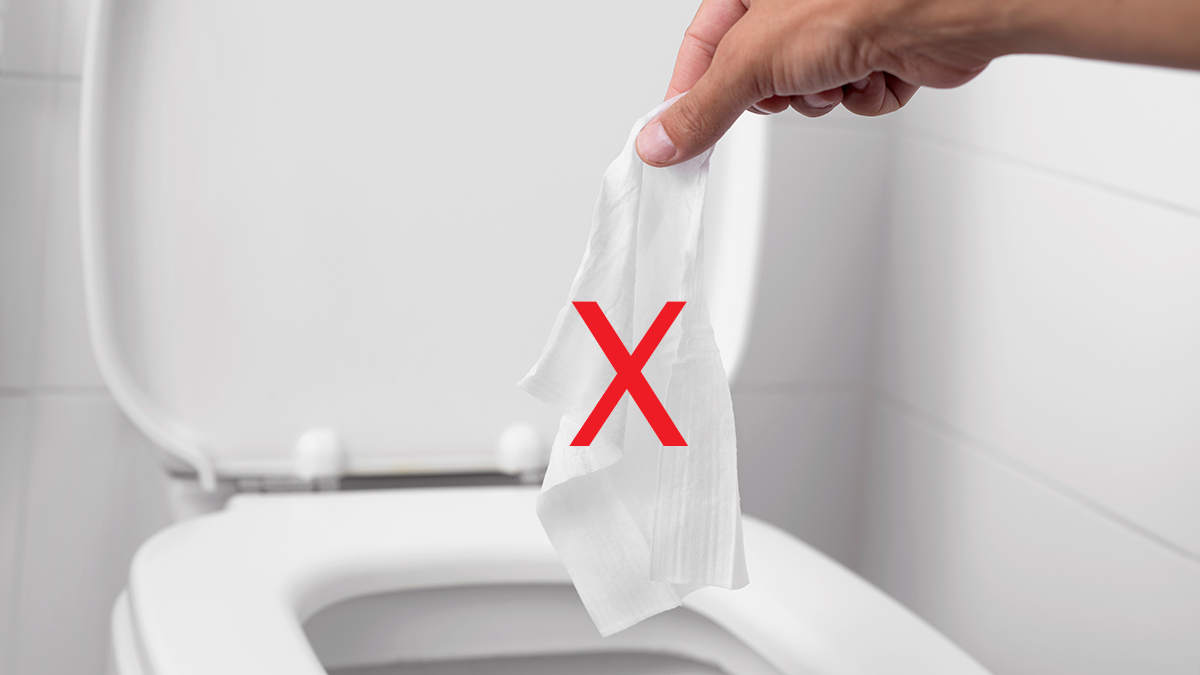How we test paper towels
Here's how we find the best paper towels.
Last updated: 18 Aug 2022
We all want our paper towels to be strong, absorbent, separate easily at the perforation and not tear easily when we are using them and they’re wet.
On this page:
Here we’ll tell you what goes on behind the scenes when we test paper towels to get the best results that help you choose what to buy.
Our expert testers
We buy paper towels available from the major supermarket retailers, and send them to a laboratory for testing.
In-house, we work out the value of each product by determining how much it costs per 100 sheets. We also take a closer look at the labelling claims, such as recycled and chlorine-free, to find out what they all mean.
How we choose which paper towels we test
With most of our product testing, our aim is to choose the most popular models on the market and what you’re most likely to see in the retailers. In the case of paper towels, our aim is to cover as much of the market as possible. Our buyers purchase all the paper towel products they can find in the major supermarkets.
How does CHOICE test paper towels?
Absorption
We measure how much fluid the paper towel can absorb.
Puncture force
We measure the strength of the paper towel by testing its resistance to puncturing. In this test a higher force is the most desirable result, meaning your finger is less likely to go through the paper.
Perforation
We measure the ease of separating the paper towel at the perforation. The easier it is for the paper towel to tear, the better.
Wet tear strength
We test how much force is required to tear the paper towel when it’s wet, as it would be when you are cleaning or wiping up a spill.
Test criteria explained
The CHOICE Expert Rating is made up of:
- Absorption (60%)
- Puncture (strength) force (20%)
- Perforation (10%)
- Wet tear strength (10%)
Related
Matthew Steen is the Director of Reviews and testing, which conducts all the testing content for CHOICE. He has worked for CHOICE for more than 20 years, from customer service to testing and content production.
Matthew is driven to work at CHOICE for its mission, and the people that it attracts, from staff to members, all dedicated to making Australia more fair, safe and just.
Matthew represents CHOICE as a council member on the Standards Australia Council. He is also responsible for ensuring CHOICE stays carbon neutral.
Find Matthew on LinkedIn.
Matthew Steen is the Director of Reviews and testing, which conducts all the testing content for CHOICE. He has worked for CHOICE for more than 20 years, from customer service to testing and content production.
Matthew is driven to work at CHOICE for its mission, and the people that it attracts, from staff to members, all dedicated to making Australia more fair, safe and just.
Matthew represents CHOICE as a council member on the Standards Australia Council. He is also responsible for ensuring CHOICE stays carbon neutral.
Find Matthew on LinkedIn.

